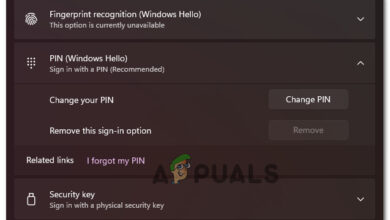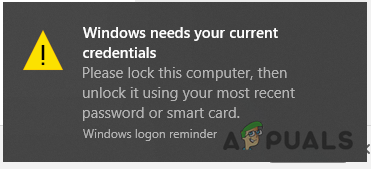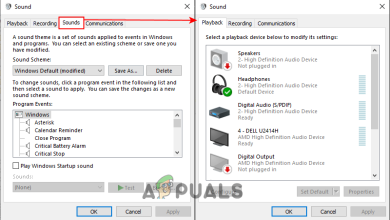How to Disable Run Command on Windows 10?
The Run command dialog box allows users to launch programs, open folders, and files directly by just typing a path or command. Users can easily open the Windows Run dialog box by pressing the keyboard shortcut or running it through the Start Menu. This is mostly used to access the most used Windows maintenance tools like Registry Editor, Local Group Policy Editor, and so on. However, when you share a PC with other users, you may want to prevent an inexperienced user from accessing the Run command on your system. In this article, we will show you simple methods through which you can easily disable the Run command on your system.

Disabling Run Command through the Local Group Policy Editor
The Local Group Policy Editor is an administrative tool that allows Windows users to modify their operating system. There is a specific policy setting to disable the Run command from the Start Menu and some other places in your system. The settings in the Group Policy Editor also provide information about that setting which can be helpful before configuring it on your system. Follow the below steps to disable the Run command:
Note: You need to skip this method if you are using the Windows Home operating system. That is because the Local Group Policy Editor isn’t available for the Windows Home Editions.
- Hold the Windows key and press S to open a Windows search feature. Then type “gpedit” in the search box and click on the Edit group policy icon to open it.
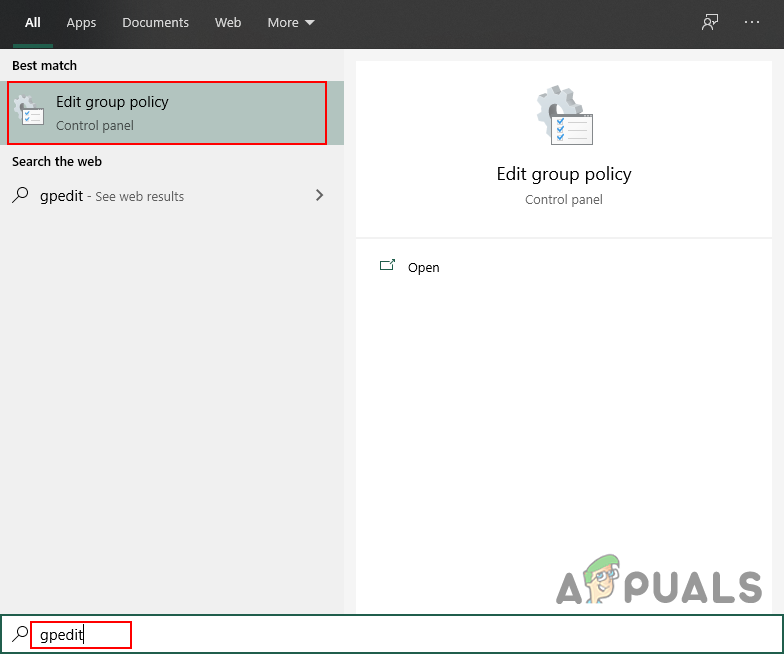
Opening the Local Group Policy Editor - In the User Configuration of the Local Group Policy Editor, navigate to the following path:
User Configuration\Administrative Templates\Start Menu and Taskbar\
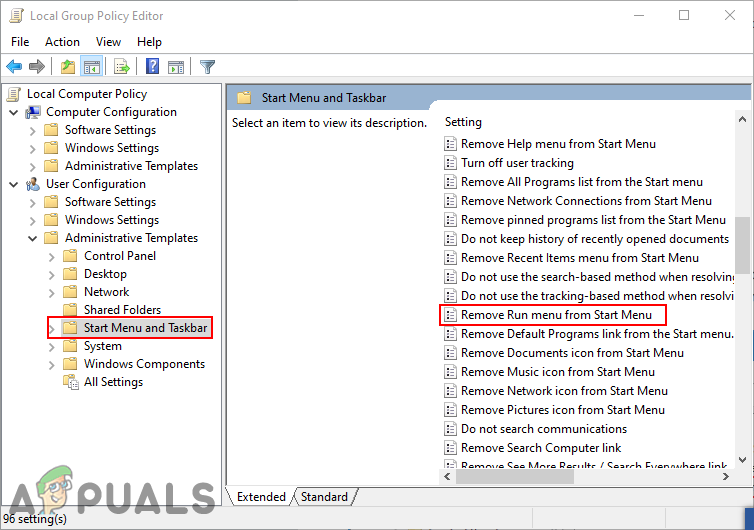
Navigating to the setting in the Local Group Policy Editor - Double-click on the setting named “Remove Run menu from Start Menu” in the list. It will open up in another window and then change the toggle option from Not Configured to Enabled option.
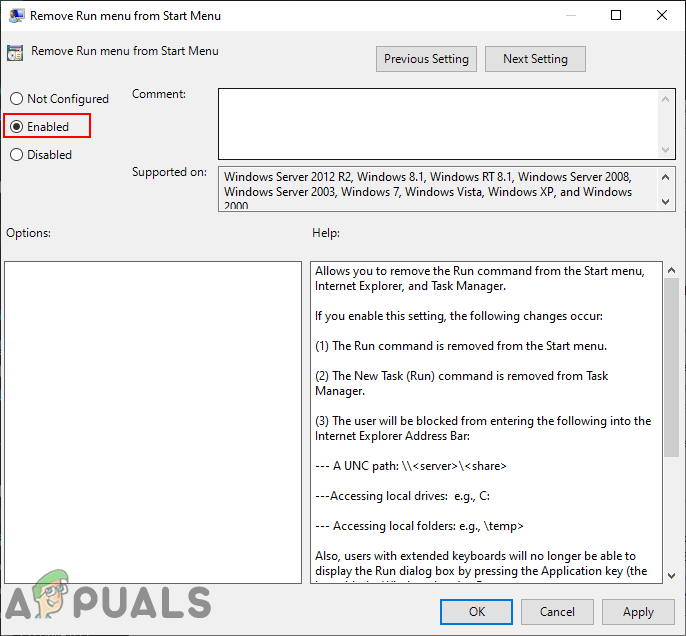
Enabling the policy setting Note: Even though Windows 10 is not listed in the supported operating system list, but It still works on Windows 10.
- After that, click on the Apply or Ok button to save the changes. Now the Run dialog box won’t open when you use the shortcut keys or open it from the Start Menu.
- To enable the Run command back, simply change the toggle option back to Not Configured or Disabled in step 3.
Disabling Run Command through the Registry Editor
Another alternative method for disabling the Run command is by using the Registry Editor. This does the same job as the Local Group Policy Editor’s setting in the above method. This is also the only option for Windows Home users. If you used the Local Group Policy Editor method, then it will automatically update your Windows Registry. However, if you are directly using this method, then you need to create the value for this specific setting by following the below steps:
Note: Just to be extra safe, we also recommend users to create a backup of their registry before making any new changes.
- Hold the Windows key and press S to open the Windows search feature. Now type “regedit” in the search box and open the Registry Editor. If prompted by UAC (User Account Control) dialog, then choose the Yes option.
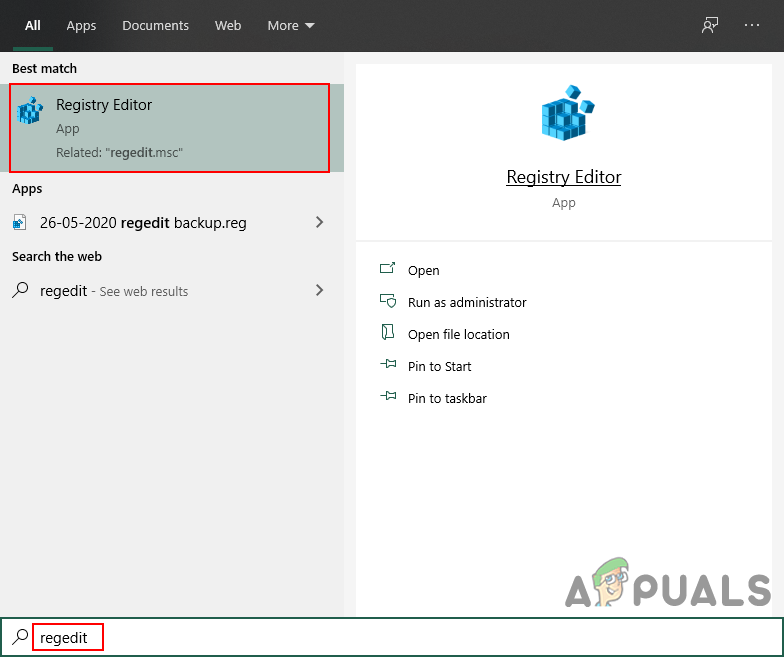
Opening the Registry Editor - In the Registry Editor window, navigate to this specific path:
HKEY_CURRENT_USER\Software\Microsoft\Windows\CurrentVersion\Policies\Explorer
- In the Explorer key, you need to create a new value by right-clicking on the right pane and choosing the New > DWORD (32-bit) Value option. Now name the value as “NoRun” and save it.
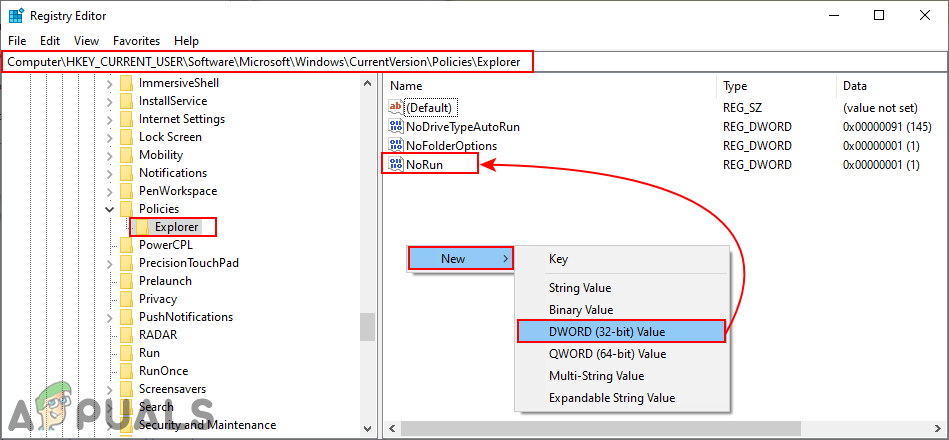
Creating a new value in the Registry Editor - Double-click on the NoRun value and then change the value data to 1.

Enabling the value - To make this work, you need to restart your system to apply the changes in the Registry Editor. This will disable the Run command on your system.
- To enable it back, you need to change the value data of NoRun value to 0 or simply remove the value from the Registry Editor.


